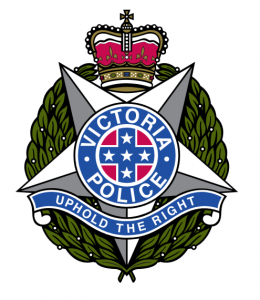victoria police release sexual offences investigation code
Content warning: this article contains mention of rape, rape culture and legal proceedings involving the two

Image via Wikipedia
Jaws drop in living rooms across the city. Commuters, reading newspapers and getting their news on smart phones, shake their heads in disgust: How did he get away with it? What was the jury thinking? Why did the judge do that? As a former sex crimes prosecutor, when a high profile rape case is dismissed, I’m often asked how that could happen. The answer is rape cases are hard to prove. The good news is that sex crimes have moved from a taboo topic to dinner table conversation. From CSI to OITNB, we watch and we discuss. Shows like Law and Order have kept sexual abuse in prime time. Cable news shows walk us through crime scenes and explain burdens of proof.
The bad news is that while moving us from taboo to topical the pundits and storytellers have given us unrealistic expectations. Physical evidence is not as common as CSI would have us believe. Fluids and fibers are rarely present to expose the bad guy. Medical exams are not the smoking guns that will tell us once and for all if a woman was raped. Cases can be proven with either circumstantial or direct evidence. Both are welcome in court, but direct evidence is a lot more satisfying in a YouTube world where everything is caught on tape. Because sexual abuse is intrinsically a private act, direct evidence is usually only provided by the victim. As such, a lot is required of victims. Think about the worst thing that ever happened to you. Now tell a room full of people about it.
In order to counter the hurdles surrounding our prospects of improving the conviction rate in rape cases, the Victoria Police have, for the first time, released their Code of Practice for the Investigation of Sexual Crime publically in a bid to debunk the myths and misconceptions about reporting. The code, which has been updated for the first time since 2005, provides clear guidelines to police on how they investigate sexual crimes and support victims. It also includes updated sections related to people who may face more barriers to reporting such as people with disabilities, multicultural communities, people experiencing mental health issues, seniors and the LGBTI community.
Detective Sergeant Nick Densley said police released the document on their website to be transparent with the community about what they can expect from police. ‘Since the introduction of Sexual Offences and Child Abuse Investigation Teams (SOCITs) into Victoria Police in 2009, we have greatly enhanced our response to victims of these devastating crimes,’ he said. ‘We now have these teams made up of specialist detectives working one on one with victims. They all receive world class training that is very victim-centric.’
The Code of Practice was developed by the Family Violence Command Sexual Offences and Child Abuse Team, alongside a Reporting Sexual Assault to Police booklet which is available in Easy English and 21 languages. They are both available by going to the advice tab on the Victorian Police website.
Of course, there is a long way to go before the reporting of rape becomes a relatively stress-free process, and there is most definitely more that needs to be done when it comes to the conviction of sexual predators. However, it appears that the Victorian Police force is taking a step in the right direction of making reporting and interacting with authorities a more transparent and less distressing task for survivors.

